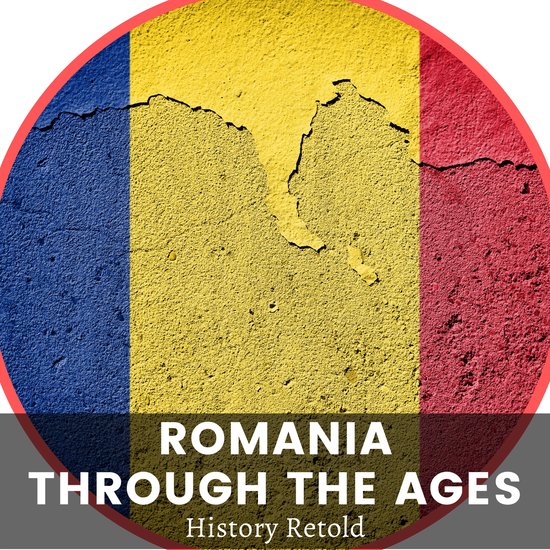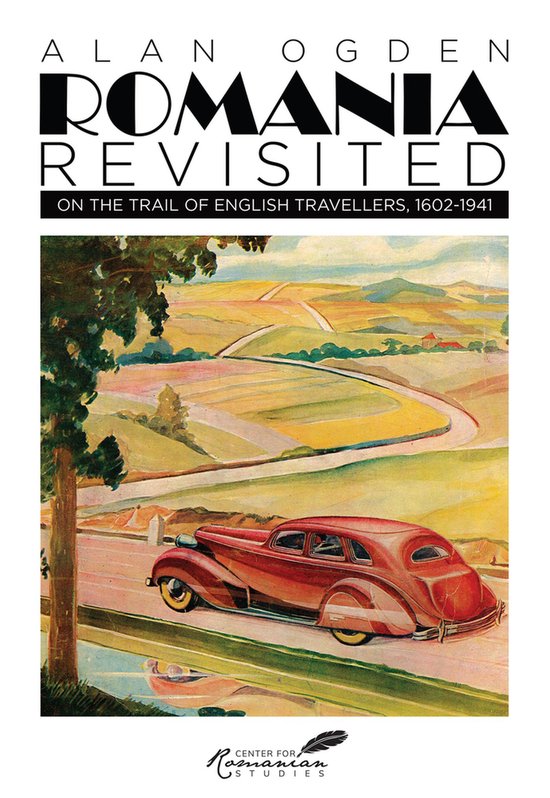
Romania’s rocky road from the Ceaușescu dictatorship to fragile democracy
Romania's communist system developed into the bloodiest system in Europe after World War II. Ceaușescu ruled the country with state terror. As a result, a civil society could not properly develop in Romania in this period. Ceaușescu's foreign policy showed some distance from the Soviet Union in order to get economic aid from Western countries, but his erratic economic policy drove Romania into a long-lasting crisis. Many Romanians who had the courage to liberate Romania from tyranny and fight for a democratic society died in the hail of bullets from the Securitate and the Military. During the Romanian Revolution, before and after the December 25, 1989, execution of Nicolae and Elena Ceaușescu, approximately 1300 Romanian patriots were killed. 31 former students of the Babes-Bolyai University in Cluj-Napoca, one of the leading universities in Romania, wrote how their grandparents and parents remembered or experienced the brutal communist system. The Romanian students were only willing to write about their own experiences at Romanian high schools and at the University if their names were not published. Some of these students live in Romania today,some of them now live abroad. As they report, even more than 30 years after the Romanian revolution, the Ceaușescu dictatorship remains a taboo subject in large parts of Romanian society.
| Auteur | | Prof. Dr. Dr. Johannes Kneifel |
| Taal | | Engels |
| Type | | E-book |
| Categorie | | Mens & Maatschappij |



